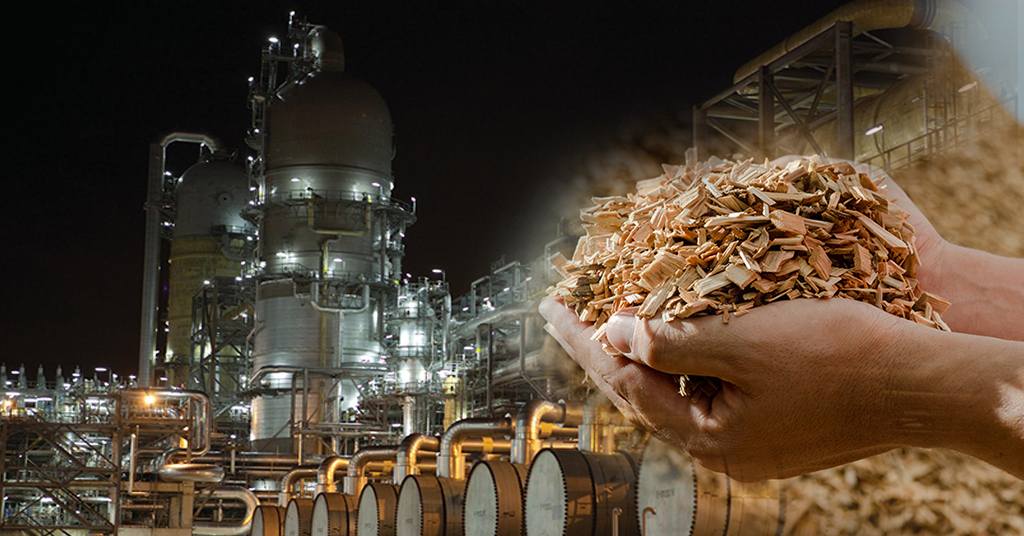Welcome To ChemAnalyst

In the U.S. market, Raffinate, with its downstream MTBE which used as an octane booster for gasoline and naphtha feedstock, has seen several shifts in recent trends. Naphtha, the key feedstock for Raffinate, experienced a 0.9% price decline compared to the previous week. This drop in Raffinate’s primary input is closely tied to WTI crude oil prices, which has been decreased by 4.5% during the week ending August 23, 2024. This decline in crude oil directly impacted the price of naphtha, further driving down production costs.
U.S. refinery inputs averaged 16.9 million barrels per day during the same period, boosting availability, as refineries operated at 93.3% capacity. This increased refinery output has implications for Raffinate production, especially as gasoline production dropped slightly to 9.6 million barrels per day, and distillate fuel production rose to 5.0 million barrels. The overall reduction in crude oil prices has effectively lowered naphtha prices, a key feedstock for Raffinate production.
Throughout August 2024, U.S. refinery utilization rates, a major factor for Raffinate supplies, stayed above 90%, especially along the Gulf Coast. This region, crucial for Raffinate production, saw consistent operations driven by strong demand for refined products like gasoline and diesel. Refineries, critical to output, have ramped up production, recovering from earlier maintenance shutdowns.
However, production faced challenges from Hurricane Beryl during the Gulf Coast's hurricane season, disrupting MTBE supply, the major downstream product of Raffinate. Infrastructural damage and delays at major terminals such as Targa and Enterprise reduced throughput, tightening MTBE supply. These disruptions impacted export availability, affecting both domestic and international markets.
Refinery utilization rates in the U.S. dropped slightly in August, declining from 92% to around 90%. This reduction, coupled with the operational prioritization of petrochemical production over other, exacerbated the supply crunch. High crude oil prices in previous months had already increased the cost of production, adding further pressure on market prices.
Despite lower domestic Raffinate consumption, strong industrial demand, and continued global interest, especially from Asia, kept MTBE, downstream product, in a bullish price environment. Looking ahead, supply constraints and logistical issues will likely maintain pressure on prices through the fall.
Globally, the Raffinate market in August was influenced by logistical challenges, with high freight costs and a closed transatlantic arbitrage route. This created further tightening in Raffinate’s downstream MTBE supply. While Europe’s propane market remained stable, Asia-Pacific markets, particularly China and South Korea, offered higher returns to U.S. Raffinate sellers, drawing more cargoes away from Europe.
We use cookies to deliver the best possible experience on our website. To learn more, visit our Privacy Policy. By continuing to use this site or by closing this box, you consent to our use of cookies. More info.
